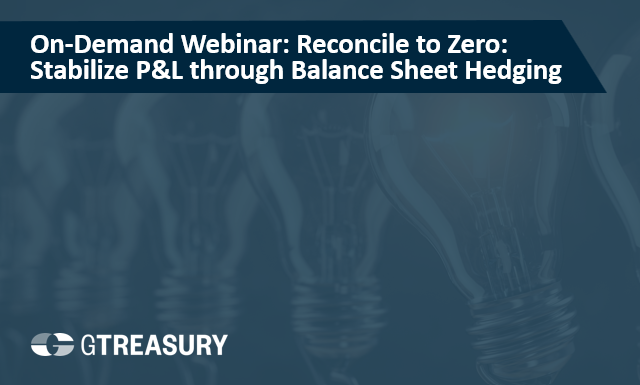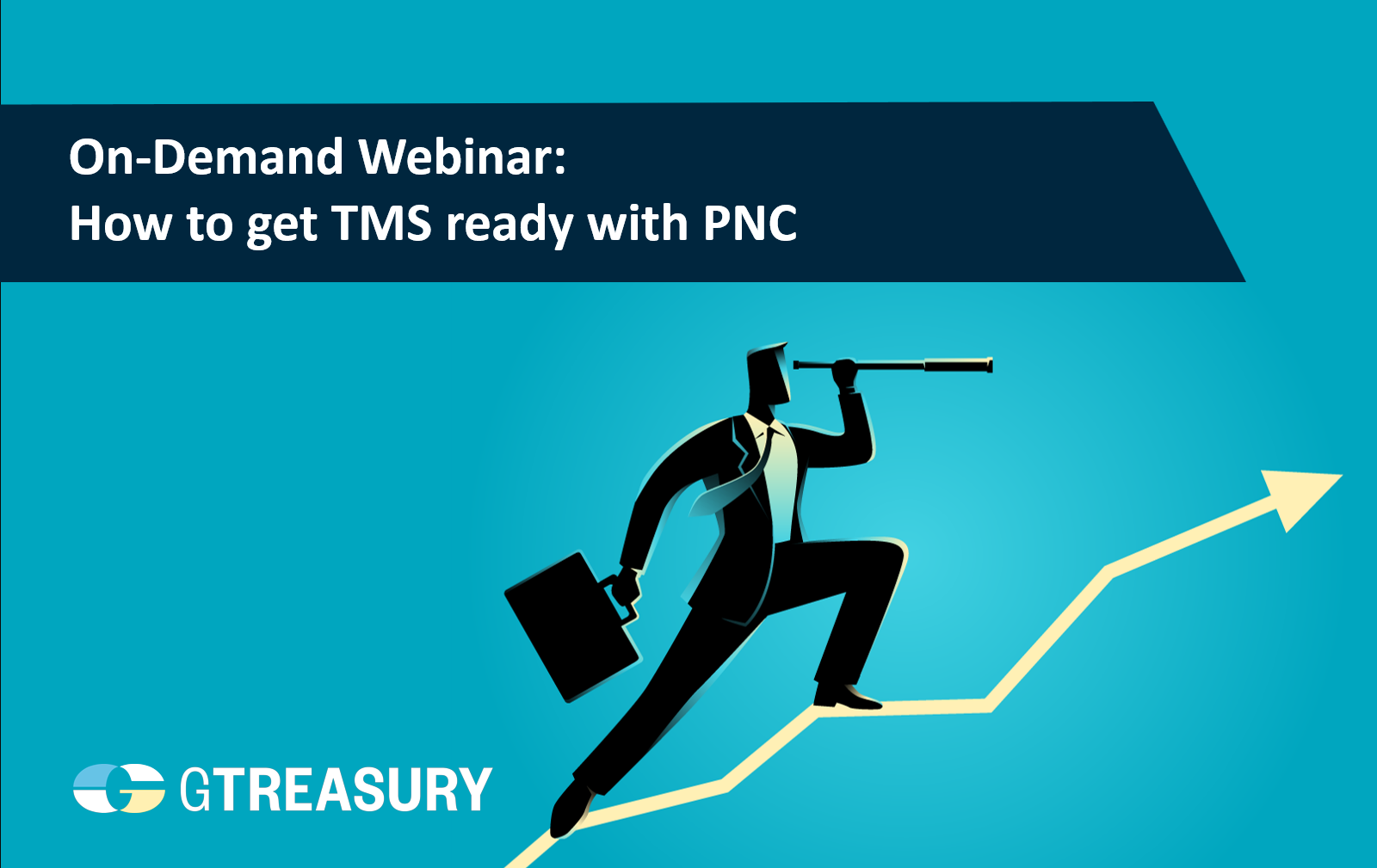
WEBINAR
On-Demand Webinar: Understanding Bank APIs: Taking Advantage o ...

WEBINAR
On-Demand Webinar: Reconcile to Zero: Stabilize P&L throu ...

WEBINAR
On-Demand Webinar: Strategic Agility: Market Scenario Opportun ...

PRODUCT INFORMATION
Debt Lifecycle Management Product Card

WEBINAR
On-Demand Webinar: A Blueprint for Hedging

WEBINAR
On-Demand Webinar: Cash Management & Forecasting Automati ...

WHITE PAPER
It’s Time to Pivot: 7 Reasons to Optimize Your Debt Manageme ...

REPORT
5 Charts That Explain Debt Lifecycle Management

WEBINAR
On-Demand Webinar: How to get TMS ready with PwC

WEBINAR
On-Demand Webinar: How to Build a Business Case for a TRMS

WEBINAR
On-Demand Webinar: Real Estate: NDepth: The New Way to Analyze ...

WEBINAR
On-Demand Webinar: Real Estate: Why Use a TMS for Payments Ove ...

WEBINAR
On-Demand Webinar: Healthcare: Modern Cash Management

WEBINAR
On-Demand Webinar: Healthcare: 5 ways technology can transform ...

WEBINAR
On-Demand Webinar: De-Risk Your Working Capital in a Shifting ...
See GTreasury in Action
Get connected with supportive experts, comprehensive solutions, and untapped possibility today.